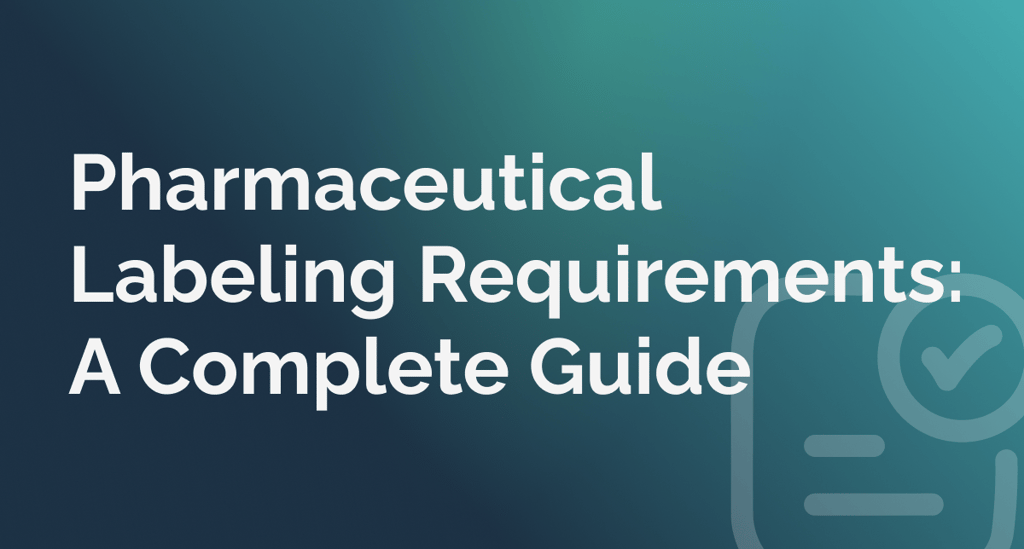Quality assurance (QA) is a cornerstone of compliance and operational success in highly regulated industries such as pharmaceuticals, finance, and healthcare. From ensuring document accuracy to maintaining regulatory standards, the tools you choose for QA can directly impact efficiency, risk management, and overall business outcomes.
But with so many solutions on the market, how do you choose the right one? What features and capabilities should you prioritize to meet the unique demands of regulated industries?
This guide will walk you through the key factors to consider when selecting a quality assurance solution that ensures accuracy, compliance, and scalability.
1. Comprehensive Error Detection
Why It Matters:
In regulated industries, even minor errors in documentation or labeling can lead to costly consequences, including regulatory penalties, legal action, or product recalls. A robust QA solution must be capable of identifying a wide range of errors, from typographical discrepancies to formatting inconsistencies.
What to Look For:
- Automated Content Comparison: Tools that compare documents line by line to identify discrepancies between versions.
- Optical Character Recognition (OCR): The ability to accurately scan and analyze physical or digital documents, ensuring no detail is missed.
- Error Categorization: Features that classify errors by type and severity, helping you prioritize fixes.
2. Real-Time Compliance Monitoring
Why It Matters:
Regulatory standards vary across regions and industries and are constantly evolving. A quality assurance solution should not only help you meet current compliance requirements but also adapt as regulations change.
What to Look For:
- Built-In Regulatory Templates: Pre-loaded guidelines tailored to your industry’s standards, such as FDA or EMA regulations.
- Automated Updates: The ability to integrate real-time regulatory updates to ensure ongoing compliance.
- Audit Trails: Detailed records of changes and approvals to provide transparent proof of compliance during audits.
3. Scalability and Flexibility
Why It Matters:
As your business grows, your QA solution should grow with you. Whether you’re increasing document volumes, entering new markets, or managing additional compliance requirements, scalability is essential to maintaining efficiency.
What to Look For:
- High-Volume Processing: The ability to handle large datasets or documentation without slowing down.
- Customizable Workflows: Tools that can be tailored to fit your specific processes and regulatory needs.
- Integration Capabilities: Seamless integration with existing systems, such as document management platforms or compliance tools.
4. User-Friendly Interface
Why It Matters:
Even the most powerful QA solution is only effective if your team can use it. A user-friendly interface ensures faster adoption, fewer errors, and greater efficiency.
What to Look For:
- Intuitive Design: An easy-to-navigate dashboard with clear instructions.
- Training and Support: Built-in tutorials, customer support, and resources to help users get up to speed.
- Customizable Settings: The ability to tailor views and features based on individual user roles.
5. Speed and Efficiency
Why It Matters:
In regulated industries, time is often a critical factor. Whether it’s meeting submission deadlines or accelerating time-to-market, a QA solution that enhances speed without compromising accuracy is invaluable.
What to Look For:
- Automated Processes: Features that reduce manual intervention, such as automated approvals and notifications.
- Batch Processing: The ability to review multiple documents simultaneously, saving time.
- Error-Free Speed: A balance between speed and accuracy to ensure deadlines are met without sacrificing quality.
6. Robust Security Features
Why It Matters:
Handling sensitive data, such as patient information or financial records, requires stringent security measures to protect against breaches and maintain regulatory compliance.
What to Look For:
- Data Encryption: Protection for sensitive information during transmission and storage.
- Access Controls: Role-based permissions to ensure only authorized personnel can view or edit documents.
- Regulatory Compliance: Alignment with data security regulations, such as GDPR or HIPAA.
7. Actionable Insights Through Analytics
Why It Matters:
A quality assurance solution shouldn’t just identify errors—it should provide insights that help you optimize processes and prevent recurring issues.
What to Look For:
- Performance Dashboards: Real-time metrics on error rates, review times, and workflow efficiency.
- Root Cause Analysis: Tools that identify patterns and trends in errors to guide process improvements.
- Custom Reporting: The ability to generate tailored reports for internal stakeholders or regulatory authorities.
8. Proven Track Record and Reputation
Why It Matters:
The vendor behind your QA solution is significant in its reliability, innovation, and support.
What to Look For:
- Industry Experience: A proven history of serving companies in your specific sector.
- Customer Success Stories: Testimonials or case studies showcasing measurable results.
- Ongoing Support and Updates: A commitment to continuous improvement and customer support.
Conclusion
Choosing the right quality assurance solution is a critical decision for businesses in regulated industries. The stakes are high, but the right tool can not only help you meet compliance requirements but also improve efficiency, reduce errors, and support your growth.




